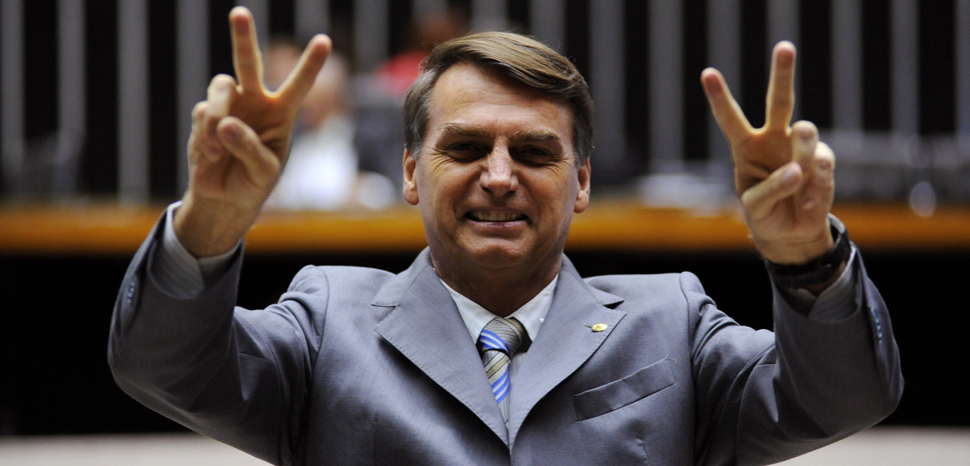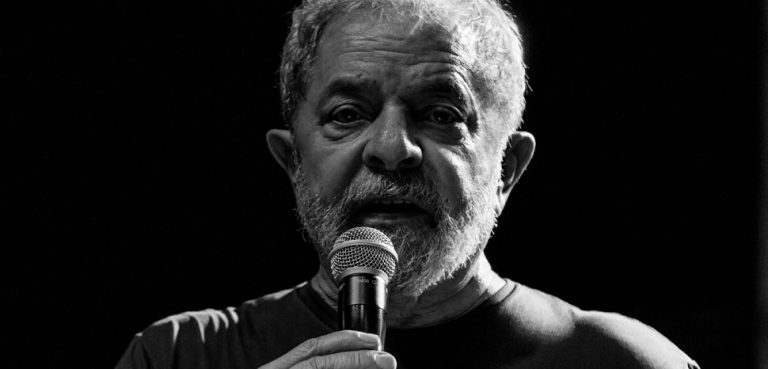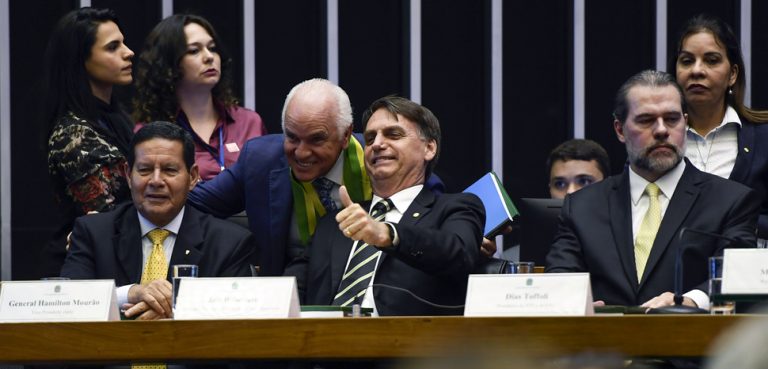Summary
Brazilians will be heading to the polls on October 7, and then again on October 28 in what’s widely expected to be a two-round presidential election.
There has been no shortage of drama in the lead-up to the contest. The champion of the Left, Luiz Inácio Lula da Silva (or “Lula”), is serving a 12-year sentence for corruption and money laundering. The champion of the Right, the fringe spoiler candidate Jair Bolsonaro, is recovering in hospital after being stabbed in the stomach at a campaign event last week. And incumbent president Michel Temer is about as popular as the bubonic plague, sporting a radioactive 3% approval rating. Temer has become emblematic of everything that Brazilian voters are tired of, namely austerity policies and corruption. Just last week, Brazilian federal police recommended new corruption and money laundering charges against the current president, who had hitherto evaded the Operation Carwash reckoning that has swept away so many of his peers.
Amid the drama, uncertainty, and voter apathy surrounding upcoming polls, Brazil’s moribund economy hangs in the balance.
Background
Brazil employs a runoff system in its presidential elections. A candidate can claim victory on the first ballot so long as they garner over 50% of the vote. However, that is unlikely to occur given the current slate of candidates, and we’ll likely see the top two vote-getters square off in a second round of voting on October 28.
Brazilians will also be selecting congress, gubernatorial, and legislative assembly (state congress) representatives on October 7.




